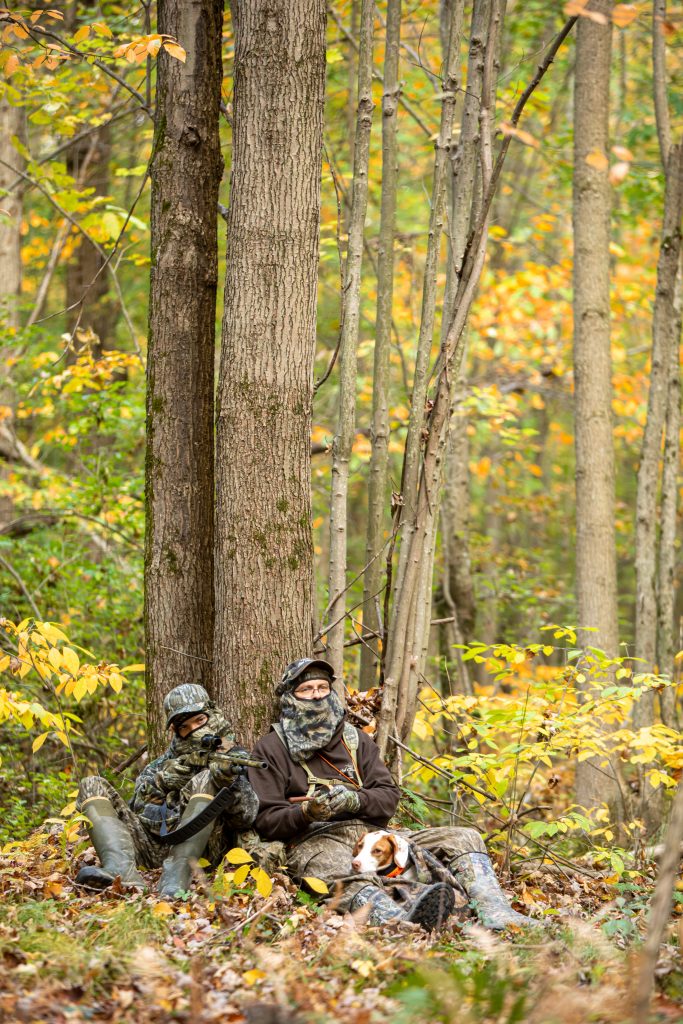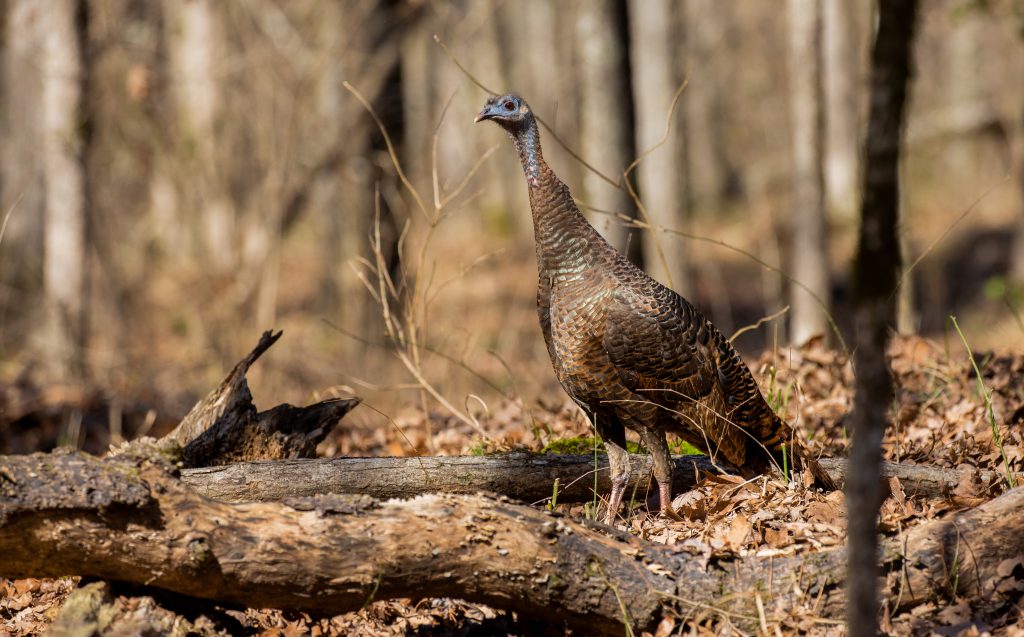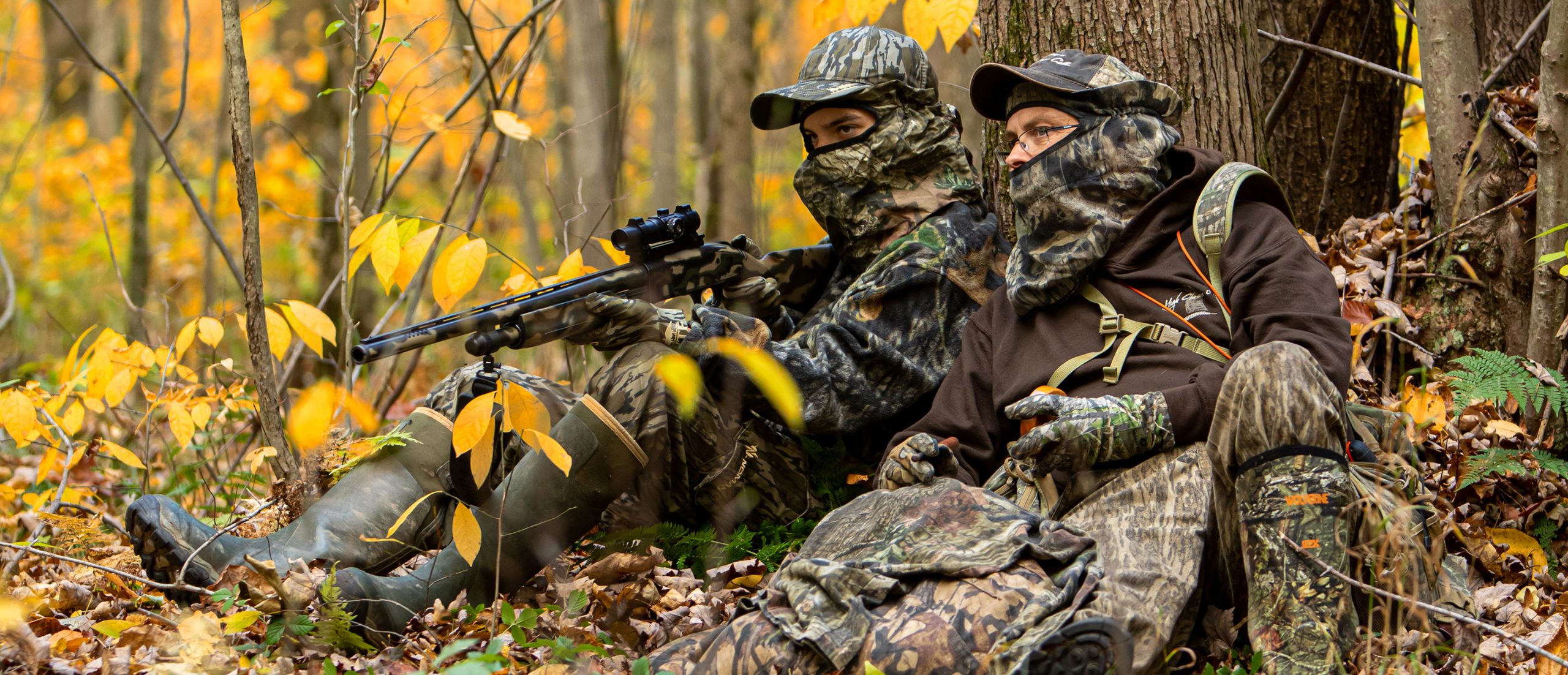Fall Harvest And Turkey Populations
NWTF readers are certainly aware of the issues facing the wild turkey across the United States. Reductions in habitat availability and quality across the landscape coupled with concerns about harvest timing and intensity are at the forefront of discussions regarding widespread declines in hen productivity and the long-term impacts on wild turkey sustainability.
Since fall hunting seasons also play a role in the dynamics of wild turkey populations, here are some of my thoughts on what we know about fall harvest and its potential impact on wild turkey populations.
Fall Harvest and Population Dynamics
Fall, historically, was when most turkey hunting occurred. Only in the last 50 years has turkey hunting become a mostly spring hunting activity. One must look no further than photographs of old-time market hunters to see game poles hung with wild turkeys and no leaves remaining on the deciduous hardwoods they hunted.
Unsurprisingly, as our turkey hunting community transitioned to spring hunting, long-term monitoring data reveals fall wild turkey hunting continuing its slow decline in both the number of fall hunters and number of turkeys harvested. Still, fall turkey hunting enjoys a long tradition in the United States and still represents an important recreational pursuit in many states.

So, what does the science say? The most recent national status report on wild turkeys indicated that fall turkey harvests have declined about 30% since 2013, with an estimated 2018 harvest of 62,000 turkeys. There has been a lot of good science focused on estimating harvest and harvest rates of wild turkeys in the fall. Turkey managers are interested in harvest rates because they can help determine if we are shooting more turkeys each fall than we should. Lots of the work on fall harvest has come out of the eastern U.S., and there have been some good modeling efforts to predict what impacts removing both males and females in the fall has on future population trajectories. Based on early modeling data from the ‘90s and early 2000s, if fall harvest rates were below 10%, or, perhaps more toward 5%, then fall harvest had limited impacts on wild turkey populations. But here is the issue today: Those early studies occurred in a system and a time when we were producing a lot more poults. I think this is probably the crux of my, and others’, concerns regarding management of fall harvests.
Fall Harvest of Females
Fall seasons for wild turkeys are generally either sex seasons; hunters can shoot either male or female birds. This is partly because distinguishing between the sexes can be more difficult in fall, both due to age of the birds (juveniles look the same) and the style of hunting. Although little data exists, generally speaking, juveniles of both sexes comprise most of the fall harvest. Because I suspect someone will ask, my thoughts about fall harvest are simple: turkey populations are declining. We know, based on all our reproductive indices, that production per female is half of what it was 40 years ago. Thus, every female we can get on a nest each year is critical, and as several wise turkey biologists have said, “Dead hens don’t produce poults.”

Personally, I am against female harvest in all situations, including fall hunting seasons or the harvest of bearded females during spring. From a population dynamics perspective, fall harvest of females cannot have any positive population impact. Removing females does nothing but reduce production potential the following years. This is especially notable as a good bit of science has long indicated that a small fraction of the females is responsible for producing most of the poults on the landscape. Keeping every female out there counts. I don’t want to have that highly productive female removed from next year’s breeding population.
What to Do About Fall Harvests?
In general, fall harvest is a difficult issue to address. Evaluations of fall harvest impacts are, necessarily, almost always theoretical, or at least informed guesswork. Science cannot identify whether a harvested male or female would have contributed to the production of poults in their lifetime, especially for the females; however, I think I would prefer to take that chance and keep those hens around for as long as I can.
